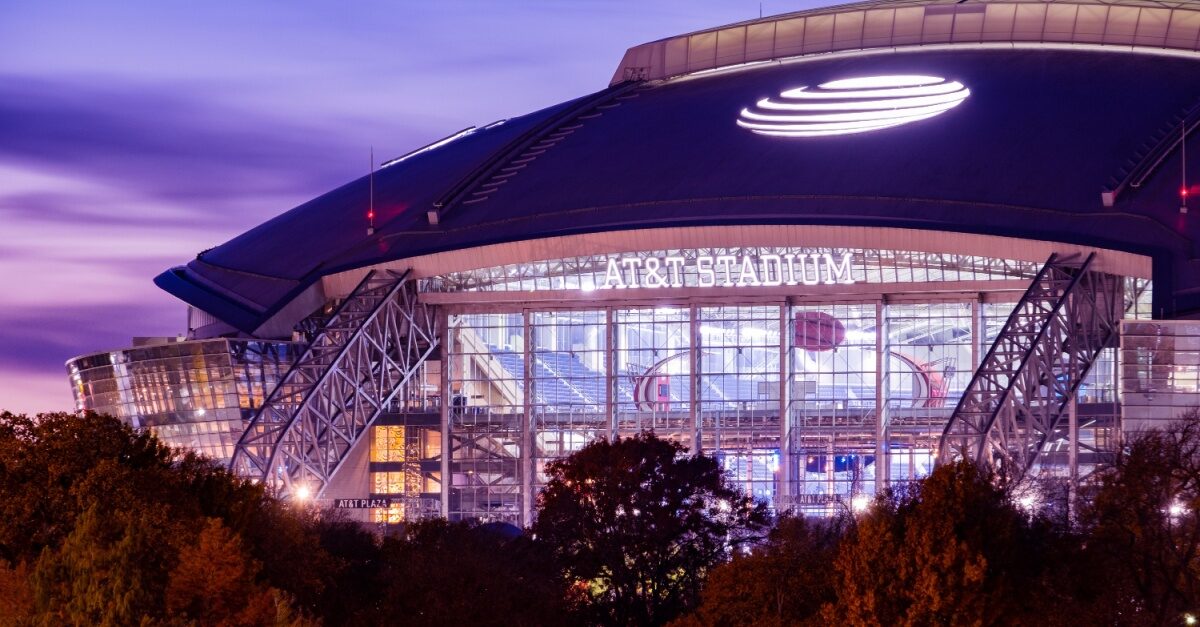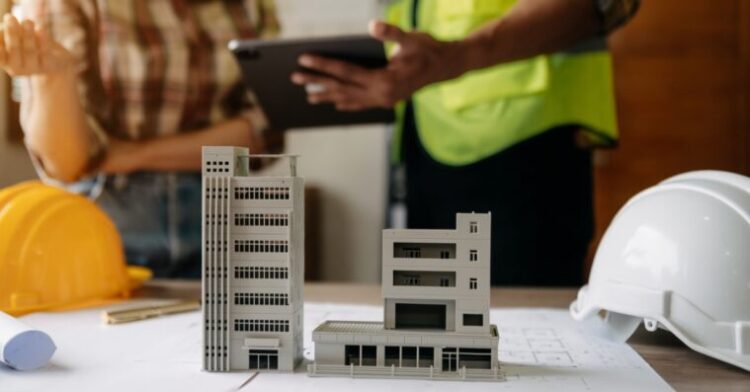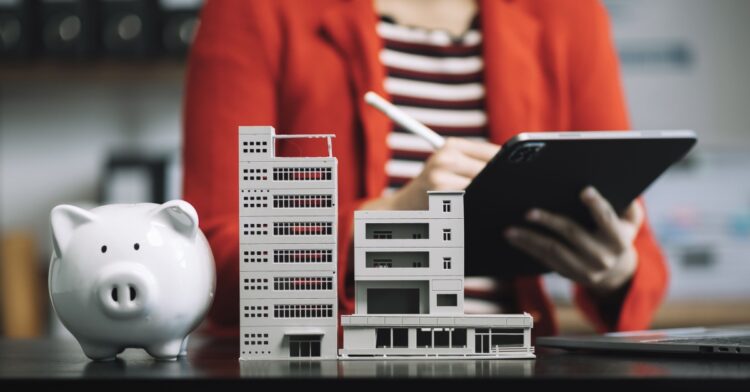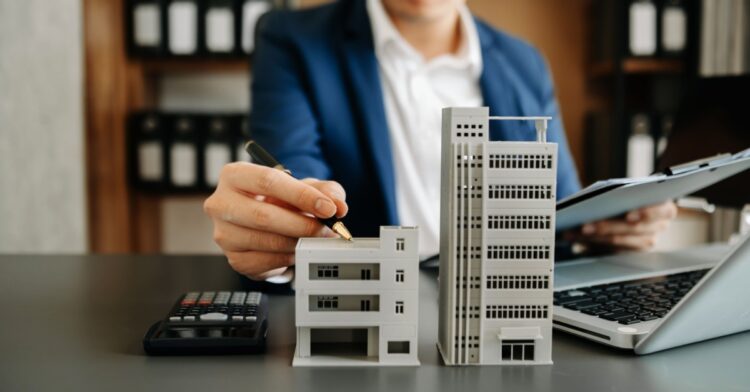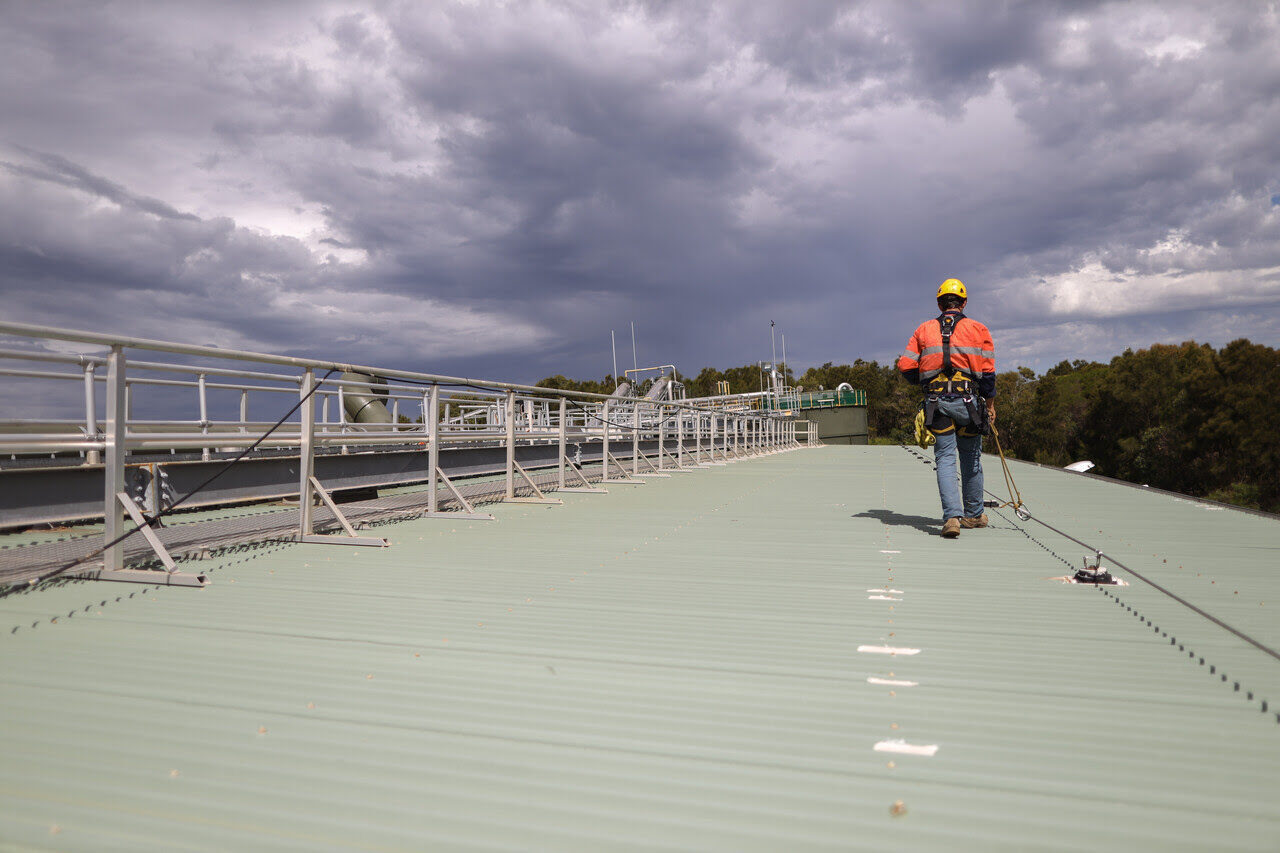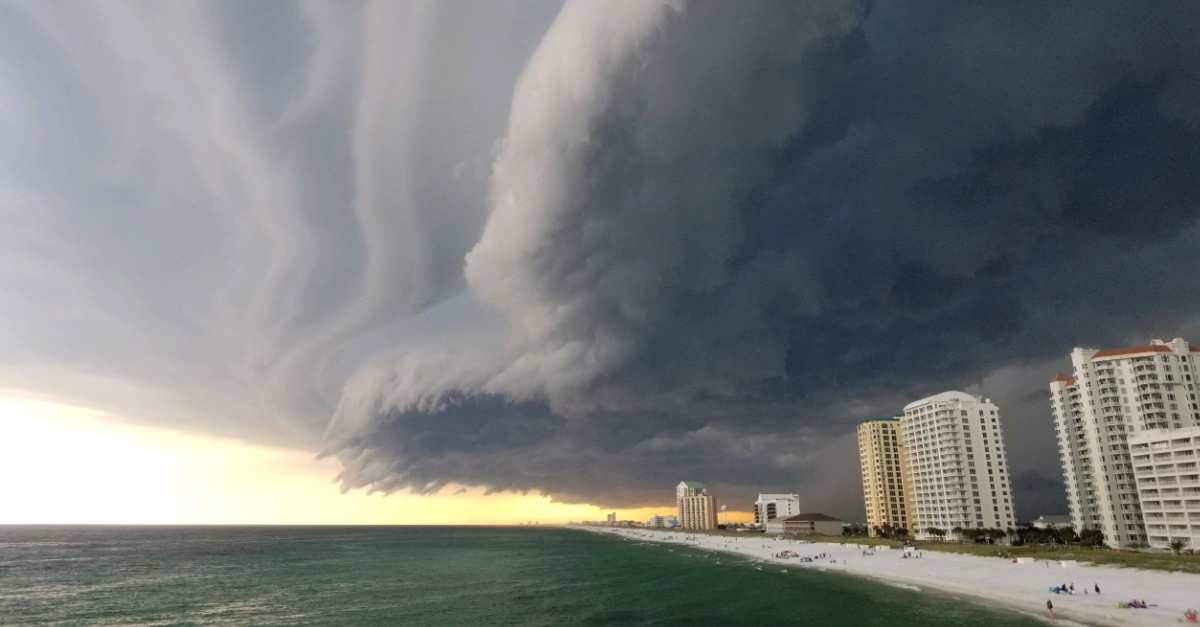Prepare Your Property for 2026 FIFA World Cup: The Building Maintenance Guide
The 2026 FIFA World Cup will bring more than 6 million visitors and over $5 billion in projected economic impact to 11 U.S. host cities, with Atlanta expecting $1 billion...
Read MoreBudgeting for Your Building: Investing in Rooftop Fall Protection
Proactive safety measures do more than comply with regulations—they safeguard lives. Maintenance teams and contractors depend on the safety systems that building owners and property managers implement. By prioritizing safety...
Read MoreBudgeting for Your Building: The Value of Routine Window Cleaning
Clean windows reflect your property's level of care and professionalism and contribute to its overall functionality. It's also a proactive maintenance item that some may consider deferring in efforts to...
Read MoreBudgeting for Your Building: Waterproofing Essentials
Rainfall patterns across many regions are becoming more intense and unpredictable. For property owners and managers, this shift brings a clear message: waterproofing is no longer optional—it's essential. Without proper...
Read MoreProactive Maintenance: How to Plan Your Annual Building Maintenance Budget
Whether it's unexpected repairs or a backlog of deferred maintenance quickly escalating to costly problems, forces are at work that will derail your annual building maintenance budget. One of...
Read MorePrepare Your Property for 2026 FIFA World Cup: Protect with Waterproofing & Restoration
The 2026 FIFA World Cup countdown marks the approach of the first-ever tri-nation tournament, spanning the U.S., Canada, and Mexico, with 48 teams, 80 matches, and millions of visitors expected...
Read MoreLessons from the Field: Common Waterproofing Challenges and How to Solve Them
Ask any property manager, and he or she will likely have a story about a surprise leak that turned into a costly headache. From rising maintenance demands to tenant complaints,...
Read MoreSafety Starts at the Top: Introducing Fall Protection Solutions
When it comes to maintaining a building’s façade or rooftop, one element should always come first: safety. Whether you’re managing a high-rise commercial property, a university campus, or an industrial...
Read MoreStay Ahead of the Storm: Proactive Strategies to Prepare Your Building for Hurricane Season
As hurricanes grow in both frequency and intensity, commercial and residential properties face increasing threats from high winds, flooding, and structural failure. Hurricane preparedness for businesses is no longer optional...
Read More